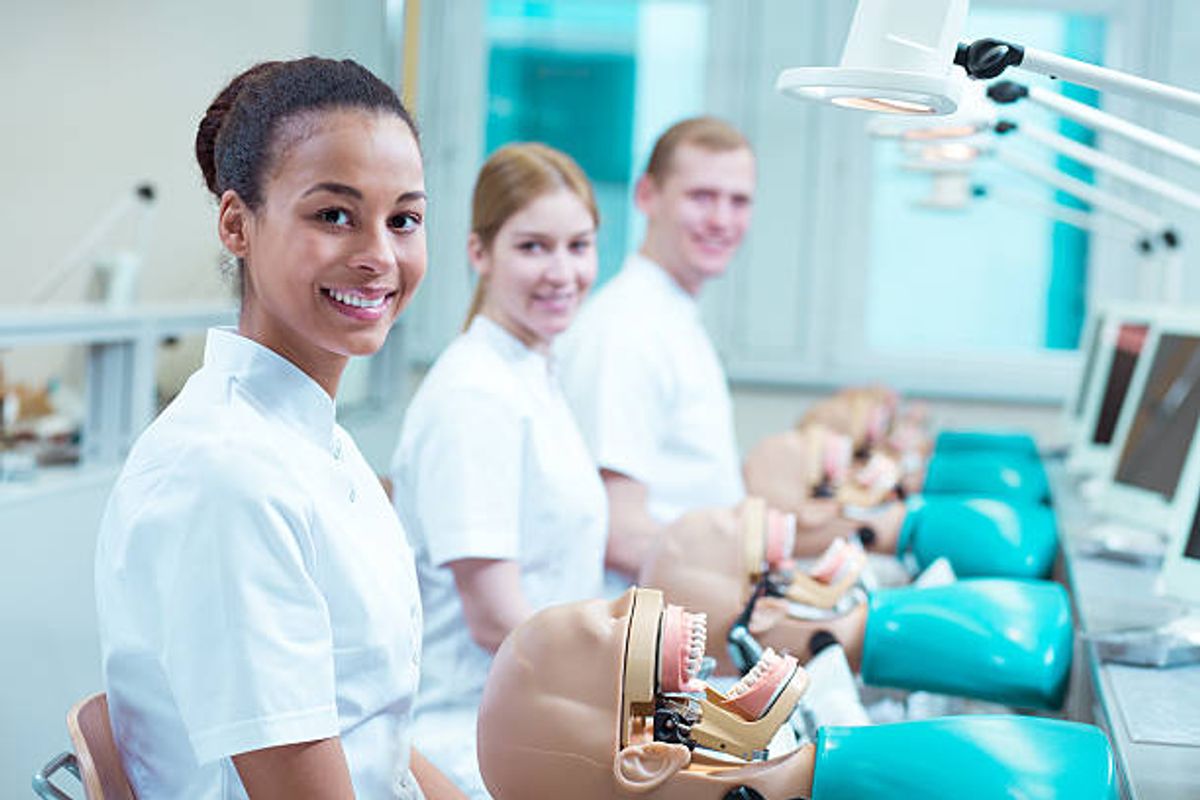Dental Occlusion Classes: The upper and lower jaw movement fit together, known as dental occlusion. Occlusion is the part of a disease that can require proper treatment. Although in dental occlusion classes, professors guide about the bad bites in dentists because, in this condition, teeth are not aligned properly, which badly affects the personal smile and regular movement of the mouth.
What kind of treatment include dental occlusion classes?
Usually, the dentist becomes confused about your teeth’ jaws not fitting correctly. You may face different issues in your teeth and tissues in your gums, teeth joints, or muscles that move your jaws. These issues are commonly known as dental occlusion problems. The professor guides them about the proper treatment methods in dental occlusion classes.
Teeth: Teeth: Unusual Teeth, heavily worn, constantly breaking, broken fillings, or loosening crowns can all be signs of occlusal problems. Your teeth may be sensitive to biting or may ache always.
Gums: usually, loose teeth or receding gums can be caused by the worst bite.
Temporary mandibular joint (TMJ): when you feel grinding, pain in your jaw joint, buzzing in your ears, or even you feel difficulty to open your mouth. All these issues occur when your teeth joints do not meet each other appropriately.
Muscles: if your jaws fix in the wrong position. Usually the muscles that move your jaws work with difficulty and get tired. Moreover, this causes muscle spasms. The main symptoms of these issues are a continuous headache or migraine and pain behind your back and shoulders. Sometimes even pain in your muscles.
What are the treatment options guided by professors in dental occlusion classes?
When you face issues and grinding of your jaws or feel pain, you should visit a dental care clinic. They can do and suggest a specialist who deals with your dental occlusion issues. Depending on which problem you are facing, maybe it can spot the sign of an occlusion problem. Additionally, dentists take dental occlusion classes in which they practice different treatment options to find in patients’ teeth.
Sometimes muscles may be sore when the dentist tests them, or sometimes even the broken or worse area of your teeth shows the teeth grinding due to eating badly. If the dentist diagnoses that these problems are due to bad biting. They first give you a randomly soft night guard or hard appliance. That fits over your upper or lower teeth. This appliance needs to be measured or fitted accurately through which when you eat something, you meet the exact time, and your muscles get to relax.
Did the dentist know in dental occlusion classes how many people regularly suffer these dental occlusion\ problems?
Usually, 1 out of 4 people regularly have the symptoms of dental occlusion problems. Both men and women are affectes with these issues. Although, as compared to men, women more often tend to seek this treatment. A dentist must learn what patients regularly face in their teeth in dental occlusion classes. The symptoms in women get started with hormonal changes.
Moreover, an increasing number of people have imperfect occlusion or missing teeth. Yet, they never have symptoms as they solve these issues. Occasionally. The symptoms appear with increased stress and tension but then go immediately. As a result, your teeth or gums may be affected straight away instead of headaches, and you may suffer more.
